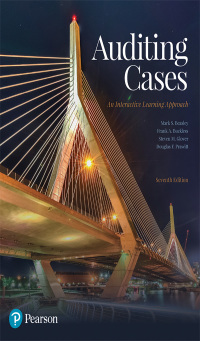Question
Bright Paint Ltd (Bright) manufactures paint products. The company process 500 liters of chemical ingredients into 375 liters of product Dulux and 125 liters of
Bright Paint Ltd (Bright) manufactures paint products. The company process 500 liters of chemical ingredients into 375 liters of product Dulux and 125 liters of product Prime at a cost of $40,000. Dulux is further processed into 300 liters of specialty paint product `Dulux-plus at a cost of $34,000, and Prime is processed into 200 liters of specialty paint Prime-X at a cost of $16,000. At the split-off point, Dulux can be sold for $600 a liter, and Prime can be sold for $120 a liter. After further processing into Dulux-plus and `Prime-X, their selling prices are $1,000 per liter and $150 per liter respectively.
(a) Allocate the joint product costs and compute the cost per unit of Dulux and Prime using each of the following methods:
i) the physical-measure method; and
ii) the sales value at split-off point method. Show all calculations
(b) Using the net realizable value (NRV) method, allocate the joint costs to Dulux-plus and Prime-X and calculate the cost per unit of each product. Show all calculations.
(c) From the financial perspective, should Bright choose to further process the two products Dulux and Prime after the split-off point? Explain your answer with an analysis showing the incremental revenues and incremental cost.
Is joint cost relevant in making the decision? Why or why not?
Step by Step Solution
There are 3 Steps involved in it
Step: 1

Get Instant Access to Expert-Tailored Solutions
See step-by-step solutions with expert insights and AI powered tools for academic success
Step: 2

Step: 3

Ace Your Homework with AI
Get the answers you need in no time with our AI-driven, step-by-step assistance
Get Started


